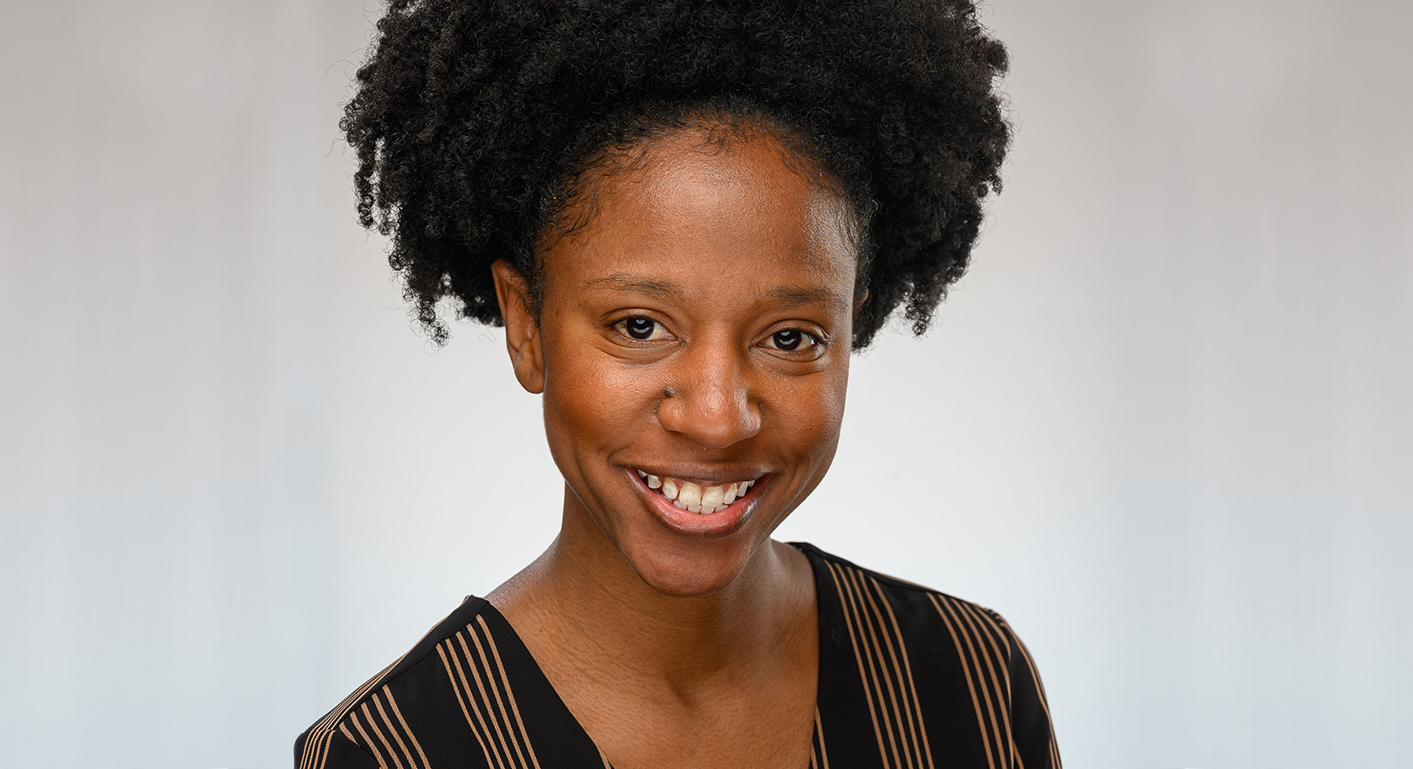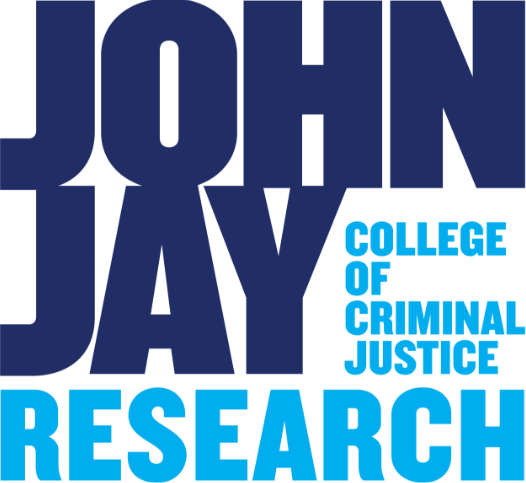Security and History in Kingston
Kimberley McKinson is writing an ethnography of Kingston’s securityscape
Author: Rachel Friedman

Have you ever stopped to consider the interplay of forces that shape the city you live in? A place is made by many things: its history, politics, demographics, economics, and more. Dr. Kimberley McKinson, an assistant professor of Anthropology at John Jay College and a native of Kingston, Jamaica, is looking at how security and insecurity are organizing principles in her hometown, and the physical manifestations of security practices in geography, materiality, and residents’ bodies.
Rather than focusing on a typical narrative about exceptional violence and crime in Kingston, McKinson is interested in how artifacts and practices of security and insecurity shape the city, and its residents. Her scholarship spans the very personal—the choreographies of opening a barred window or a locked door, or expressing the trauma of violence through one’s body—to the broader demographic level of shifting homes and businesses to neighborhoods where upper class residents feel safe. Tied up in these dynamics are a spectrum of technologies, from ubiquitous burglar bars to electronic security systems, and the ways that individual actors physically interact with them as they move through the securityscape of Kingston.
Heavily-securitized urban landscapes aren’t exclusive to Jamaica; other scholars have highlighted these trends in Latin America and elsewhere. This scholarship about security and insecurity is often presented from the perspective of the state, but McKinson is interested in using a different lens. “What I hope that my project will do is decenter the state in this narrative,” she says. “[Instead, I] pay attention not just to local actors but to the agency of various material things, and to the ways in which Black geographies and concerns about security and insecurity are not new. These are our histories that are deeply sedimented into the land, into the bodies of the residents and citizens of these spaces.”
Kingston is part of what McKinson refers to as the Black Atlantic. The term, theorized by renowned Black British academic Paul Gilroy, refers to places in the African diaspora that have been touched by the trans-Atlantic slave trade, and the resulting hybrid cultural and political formations. That history of violence and exploitation is embedded in the post-colonial economy, politics and architecture of Jamaica. One example are the metal grilles and gates that are so prevalent in Kingston; the Adinkra symbology they display reverberate back to blacksmithing in pre-colonial Africa, and the materials connect to the region’s violent history and the use of metal instruments of torture and bondage. To McKinson, this shared history is key to understanding her work.
As a “native anthropologist”—a person doing ethnography of their own culture—McKinson balances ethnography with her own history, interweaving personal and family narratives with more academic analysis. She notes the complications inherent to such an endeavor, pushing back against classical anthropological notions that perfect objectivity is needed for scholarship. At the same time, she does acknowledge a need for distance from her roots; after moving to the United States for higher education, McKinson returned to Jamaica several times before she began to notice the striking fortification of homes in Kingston. “There’s the sense of having to contend with the blind spots that are inevitably there because this place is so familiar,” she says. “It’s a continuous process of trying to make that which is familiar, strange—to simultaneously embrace one’s connection to this space but also being conscious of the need to decenter it in order to truly understand it in its fullness.”
McKinson continues to finetune her approach. This ethnographic research began as her graduate dissertation; in 2020, she was accepted into CUNY’s Faculty Fellowship Publication Program to develop the work into a book. “There is a beauty to having distance,” McKinson says about returning to the project. “As I’ve grown as a scholar, I have honed my own voice as a writer, and I think I’m bringing a kind of maturity to the project. It feels more grounded in a way it wasn’t then.” With the help of fellow CUNY faculty writers and group mentor Moustafa Bayoumi of Brooklyn College, she has learned to lean into the expression of her unique voice and incorporate her stories as an enriching counterpoint to history and contemporary narrative.
